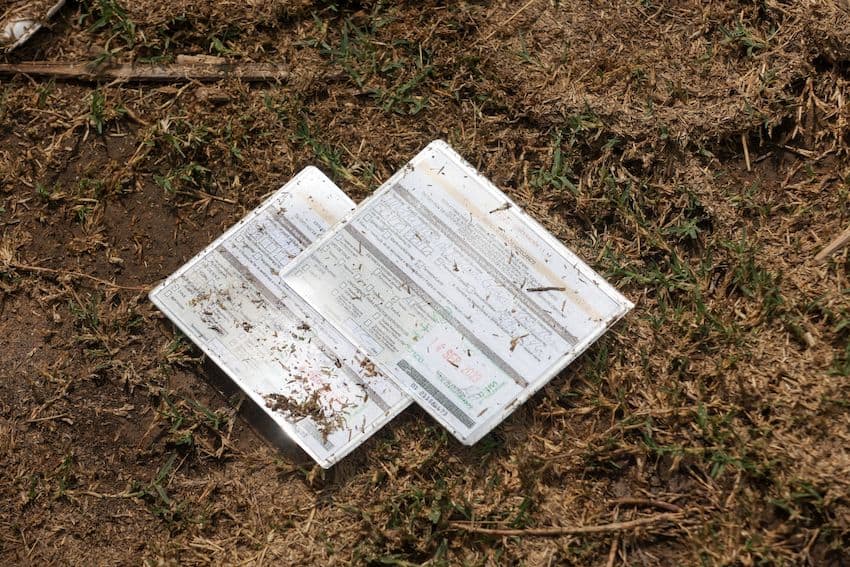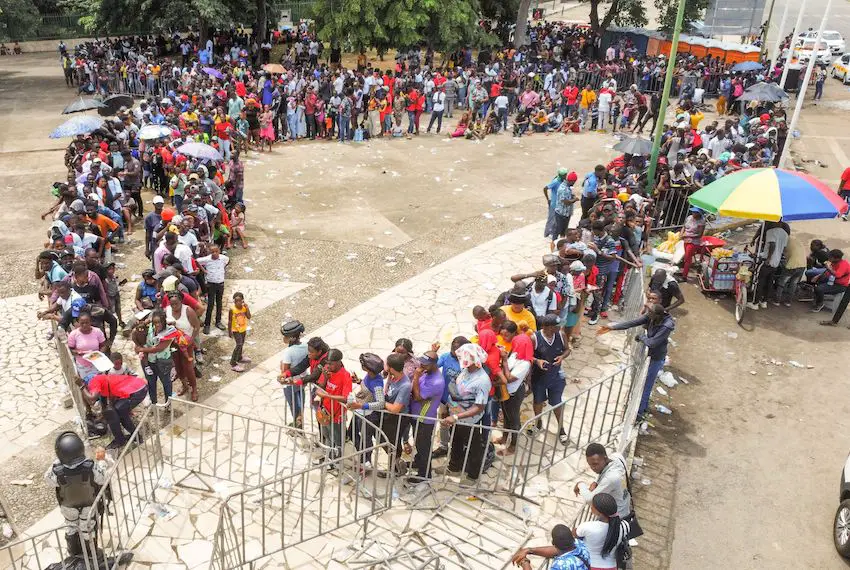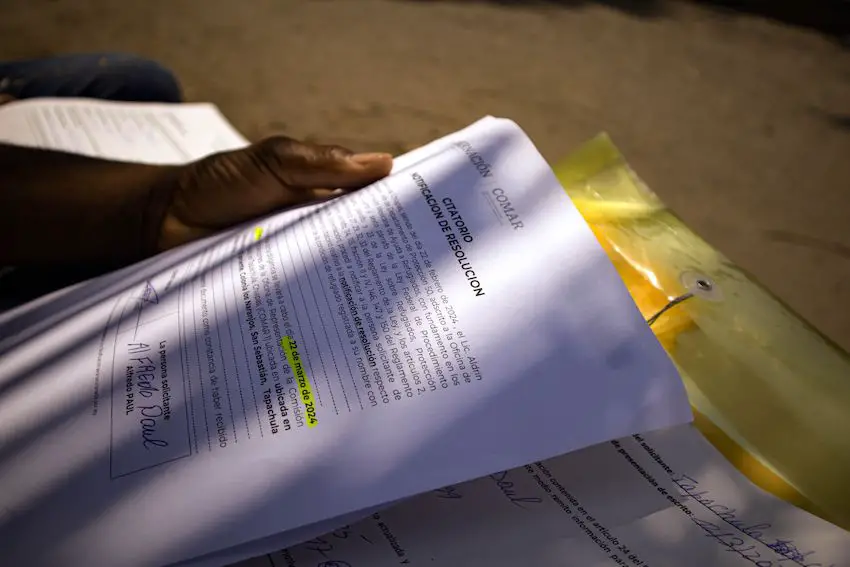Asylum applications down 48% in Mexico in 2024

The number of migrants seeking refugee status in Mexico in 2024 has diminished significantly while the government takes steps to streamline the application process and provide support and protection for them.
The Mexican Refugees Assistance Commission (Comar) reported this week that the number of migrants seeking asylum in Mexico is down 48% from last year’s record highs, a statistic that aligns with government data that indicates irregular migrant flows are down 66% from 2023.

This is a significant development as there were a record number of asylum applications in Mexico in 2023 as well as a record number of documented arrivals.
As of Aug. 31, 52,395 people had applied for refugee status in Mexico, according to a post on social media by Comar coordinator Andrés Ramírez Silva. Ramírez explained that this figure is 48% lower than the number of applicants in the same eight-month period of 2023.
The majority of the applications were filed in Comar offices in the southern state of Chiapas, Ramírez reported in another social media post, but asylum requests were received in all 32 states of the Republic.
On Monday, Ramírez announced that beginning Wednesday, migrants in Mexico will be able to track their asylum status online instead of having to go to Comar offices.


The digital platform is available in four languages — Spanish, English, French and Creole — and has earned the approval of the United Nations for its confidentiality and facility of use. Migrants can receive updates and can consult frequently asked questions via their electronic devices.
In addition, an intersecretarial commission comprised of six federal ministries is collaborating with Comar and the United Nations to improve the treatment of migrants in Mexico.
In a statement issued last week, the intersecretarial commission (Ciaimm) said improved coordination among federal agencies has helped reduce human trafficking which often impacts migrants arriving to Mexico’s northern and southern borders.
In the same statement, Welfare Ministry Undersecretary Raúl Paulín Hernández detailed the success of the three Integrated Welfare Centers established in northern Mexico. These centers — which also benefit from UN cooperation — offer programs that target the health and welfare of migrants, while also helping migrants find jobs.
The Ciaimm also reiterated its commitment to guarantee safe, orderly and regulated migrant and migrant labor flows.
On Sept. 4, The Foreign Affairs Ministry (SRE) released a book outlining the government’s official migrant policy, providing data reflecting the policy’s results, and an evaluation of the structural causes of migration to and from Mexico.
The book explains how the government uses statistical analysis to help design public policy in support of migrants and how regional cooperation addressing the structural causes of migration can mitigate these external factors that produce refugees.
One strategy the SRE touted is its effort to institute social programs that have had some success in Mexico, such as Sembrando Vida and Jóvenes Construyendo el Futuro, in other parts of Latin America. Thus far, Mexico has helped install these programs in Belize, Colombia, Cuba, El Salvador, Guatemala, Haití, Honduras and Venezuela.
With reports from La Jornada and El Universal
Source: Mexico News Daily

